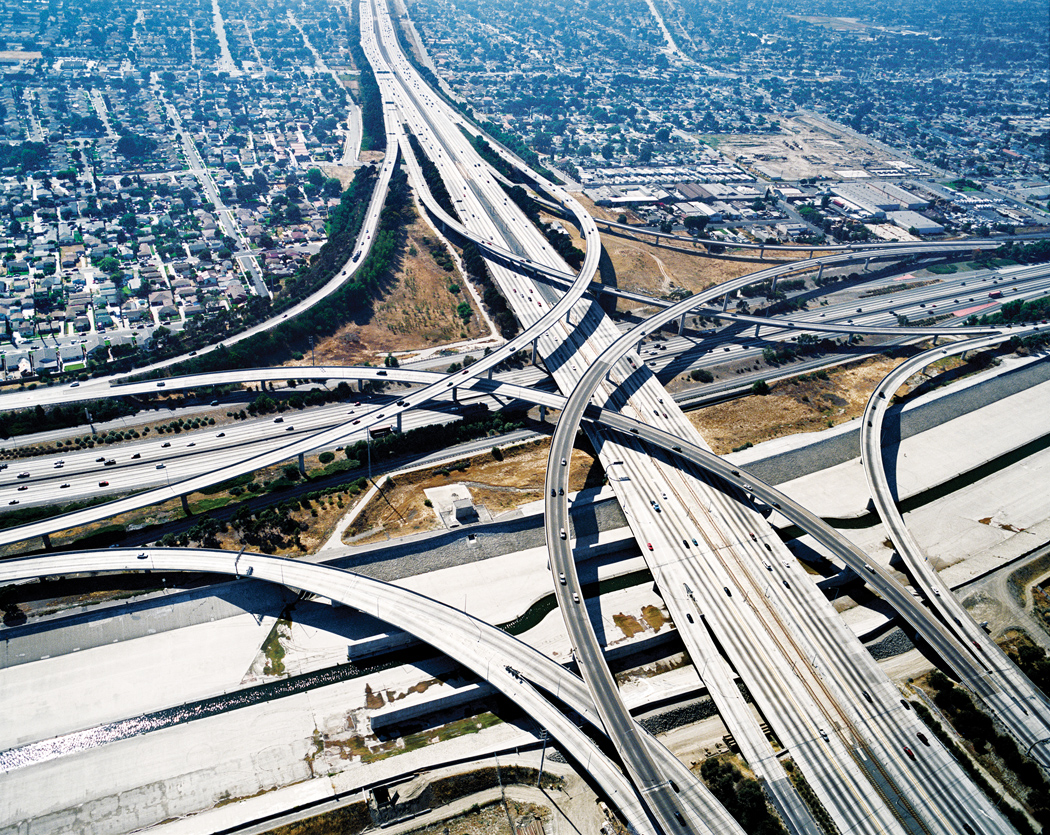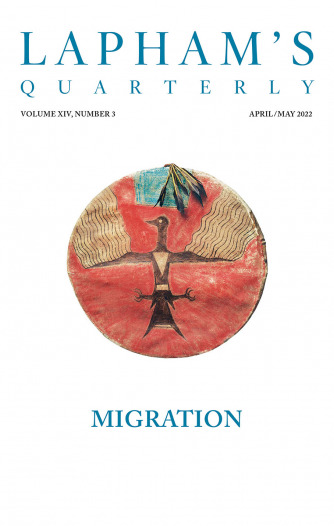A righteous man regardeth the life of his beast.
—The Bible,The March of the Flames
Jack London watches hearts break after an earthquake.
On Wednesday morning at a quarter past five came the earthquake. A minute later the flames were leaping upward. In a dozen different quarters south of Market Street, in the working-class ghetto, and in the factories, fires started. There was no opposing the flames. There was no organization, no communication. All the cunning adjustments of a twentieth-century city had been smashed by the earthquake. The streets were humped into ridges and depressions, and piled with the debris of fallen walls. The steel rails were twisted into perpendicular and horizontal angles. The telephone and telegraph systems were disrupted. And the great water mains had burst. All the shrewd contrivances and safeguards of man had been thrown out of gear by thirty seconds’ twitching of the earth-crust.
By Wednesday afternoon, inside of twelve hours, half the heart of the city was gone. At that time I watched the vast conflagration from out on the bay. It was dead calm. Not a flicker of wind stirred. Yet from every side wind was pouring in upon the city. East, west, north, and south, strong winds were blowing upon the doomed city. The heated air rising made an enormous suck. Thus did the fire of itself build its own colossal chimney through the atmosphere. Day and night this dead calm continued, and yet, near to the flames, the wind was often half a gale, so mighty was the suck.
Before the flames, throughout the night fled tens of thousands of homeless ones. Some were wrapped in blankets. Others carried bundles of bedding and dear household treasures. Sometimes a whole family was harnessed to a carriage or delivery wagon that was weighted down with their possessions. Baby buggies, toy wagons, and go-carts were used as trucks, while every other person was dragging a trunk.
Over these trunks many a strong man broke his heart that night. The hills of San Francisco are steep, and up these hills, mile after mile, were the trunks dragged. Everywhere were trunks with across them lying their exhausted owners, men and women. Before the march of the flames were flung picket lines of soldiers. And a block at a time, as the flames advanced, these pickets retreated. One of their tasks was to keep the trunk-pullers moving. The exhausted creatures, stirred on by the menace of bayonets, would arise and struggle up the steep pavements, pausing from weakness every five or ten feet.

“Conversions Seven, Urban California,” from the series "Ciphers: Decoding the Growth Machine," by Christoph Gielen, 2004. Chromogenic print, 40 x 50 inches, edition of 4. © Christoph Gielen, courtesy Jovis Verlag, Berlin.
Often, after surmounting a heartbreaking hill, they would find another wall of flame advancing upon them at right angles and be compelled to change anew the line of their retreat. In the end, completely played out after toiling for a dozen hours like giants, thousands of them were compelled to abandon their trunks. Here the shopkeepers and soft members of the middle class were at a disadvantage. But the workingmen dug holes in vacant lots and backyards and buried their trunks.
On Thursday morning at a quarter past five, just twenty-four hours after the earthquake, I sat on the steps of a small residence on Nob Hill. With me sat Japanese, Italians, Chinese, and Negroes—a bit of the cosmopolitan flotsam of the wreck of the city. All about were the palaces of the nabob pioneers of Forty-Nine. To the east and south at right angles were advancing two mighty walls of flame.
I went inside with the owner of the house on the steps of which I sat. He was cool and cheerful and hospitable. “Yesterday morning,” he said, “I was worth six hundred thousand dollars. This morning, this house is all I have left. It will go in fifteen minutes.” He pointed to a large cabinet. “That is my wife’s collection of china. This rug upon which we stand is a present. It cost fifteen hundred dollars. Try that piano. Listen to its tone. There are few like it. There are no horses. The flames will be here in fifteen minutes.’’
I passed out of the house. Day was trying to dawn through the smoke pall. A sickly light was creeping over the face of things. Once only the sun broke through the smoke pall, blood-red, and showing quarter its usual size. The smoke pall itself, viewed from beneath, was a rose color that pulsed and fluttered with lavender shades. Then it turned to mauve and yellow and dun. There was no sun. And so dawned the second day on stricken San Francisco.
An hour later I was creeping past the shattered dome of the City Hall. Than it there was no better exhibit of the destructive force of the earthquake. Most of the stone had been shaken from the great dome, leaving standing the naked framework of steel. Market Street was piled high with the wreckage, and across the wreckage lay the overthrown pillars of the City Hall shattered into short crosswise sections.
This section of the city, with the exception of the mint and the post office, was already a waste of smoking ruins. Here and there through the smoke, creeping warily under the shadows of tottering walls, emerged occasional men and women. It was like the meeting of the handful of survivors after the day of the end of the world.
On Mission Street lay a dozen steers in a neat row stretching across the street just as they had been struck down by the flying ruins of the earthquake. The fire had passed through afterward and roasted them. The human dead had been carried away before the fire came. At another place on Mission Street I saw a milk wagon. A steel telegraph pole had smashed down sheer through the driver’s seat and crushed the front wheels. The milk cans lay scattered around.
All day Thursday and all Thursday night, all day Friday and Friday night, the flames still raged on.

Jack London
From “The Story of an Eyewitness,” published in the May 5, 1906, edition of Collier’s. On the day of the quake, April 18, London, at one point the most highly paid writer in the United States, happened to be nearby in Glen Ellen. The earthquake and fire killed over three thousand people and generated shockwaves perceptible as far north as Coos Bay, Oregon, and as far south as Los Angeles.
